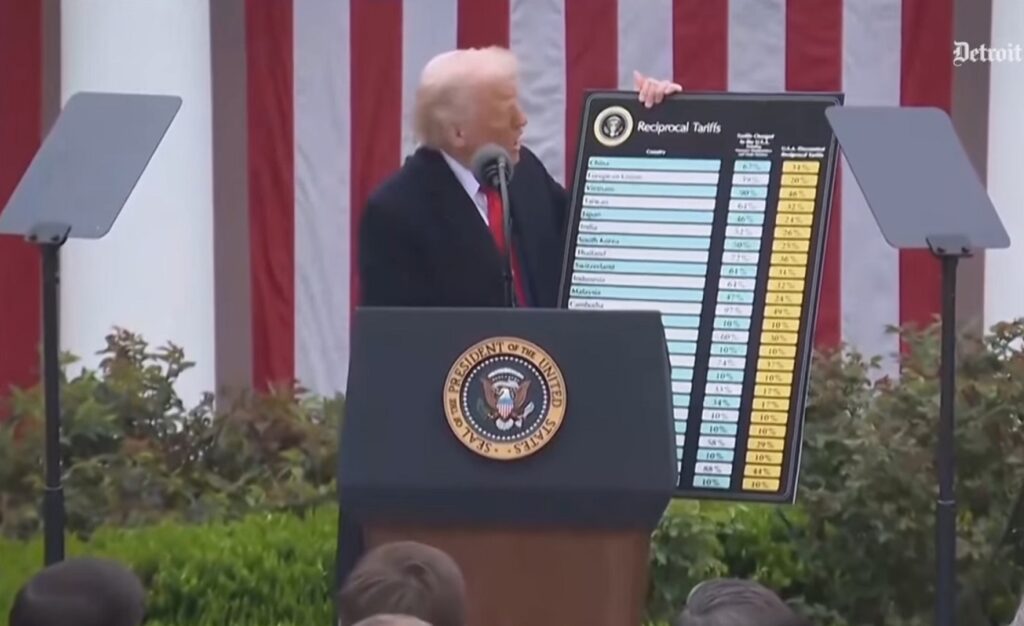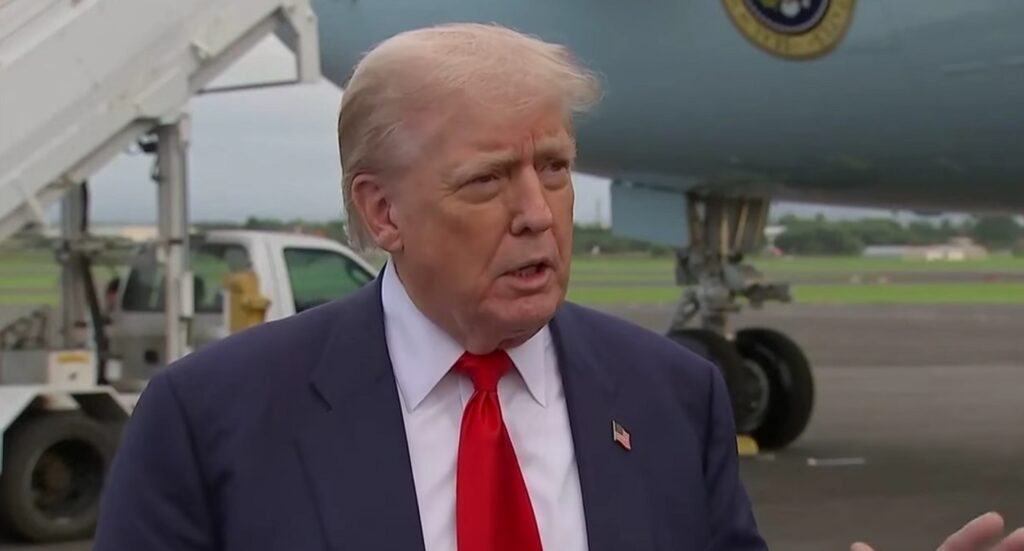
SCOTLAND – July 27, 2025: European Commission President Ursula von der Leyen will meet with U.S. President Donald Trump in Scotland on Sunday in a last-ditch effort to defuse escalating trade tensions between the world’s two largest economic blocs. The high-level talks come just days before a proposed 30% U.S. tariff on European Union imports is set to take effect on August 1.
Trump, speaking upon his arrival in Scotland for a four-day visit, confirmed the meeting and expressed cautious optimism: “I think we have a good 50/50 chance. That’s a lot,” he told reporters. The meeting follows weeks of “intensive negotiations” between U.S. and EU officials, aimed at reaching a deal that avoids a full-scale transatlantic trade war.
On Friday, von der Leyen wrote on social media platform X: “I’ve agreed to meet with President Trump to discuss transatlantic trade relations, and how we can keep them strong.”
A Last-Minute Push for a Breakthrough Deal
According to sources cited by CNBC, the current base-case scenario being discussed includes a 15% baseline tariff on EU imports to the U.S., a significant drop from the initially threatened 30%—but still a notable increase from previous trade terms. Trump has pushed hard for tariff revisions as part of his broader “America First” economic agenda, reigniting trade tensions that had cooled in recent years.
EU officials are hopeful that a deal can be reached that offers “stability and predictability for businesses and consumers,” according to European Commission spokesperson Paula Pinho. She emphasized that both technical and political negotiations have been underway in recent days to finalize a balanced agreement.
Avoiding a Transatlantic Trade War

The U.S. and EU together account for nearly 30% of global trade in goods and services and represent 43% of global GDP, making any disruption between the two economic powers a potential shock to global markets.
Trade experts warn that failure to reach a deal could trigger swift EU countermeasures, leading to a retaliatory tariff spiral reminiscent of past trade conflicts. Jack Allen-Reynolds, Deputy Chief Eurozone Economist at Capital Economics, remarked that even a modest deal could be better than no deal at all:
“It’s hard to spin it as a good deal, but it would at least avoid much higher U.S. tariffs and retaliation from the EU,” he said in a research note on Friday.
Scotland: The Center Stage for Global Trade Diplomacy
Trump’s Scotland visit, initially focused on golf and informal meetings, has turned into a high-stakes diplomatic battleground. In addition to his talks with von der Leyen, Trump is expected to hold an informal meeting with newly elected UK Prime Minister Keir Starmer, following the U.K.’s recent trade pact with the U.S., which sets a 10% tariff baseline on British imports.
The Trump administration recently finalized a similar deal with Japan, which includes a 15% tariff baseline and is being touted by the president as “perhaps the largest Deal ever made.” Analysts say this agreement may serve as a template for the EU framework.
What’s at Stake
- 30% Tariff Threat: Trump plans to impose tariffs on EU goods by August 1 if a deal isn’t reached.
- 15% Baseline Proposed: The likely compromise involves a 15% tariff, still higher than current levels.
- Global Impact: The EU-U.S. trade relationship affects nearly half of global GDP.
- Next Steps: Sunday’s meeting could be the final opportunity to strike a deal and avoid major economic fallout.